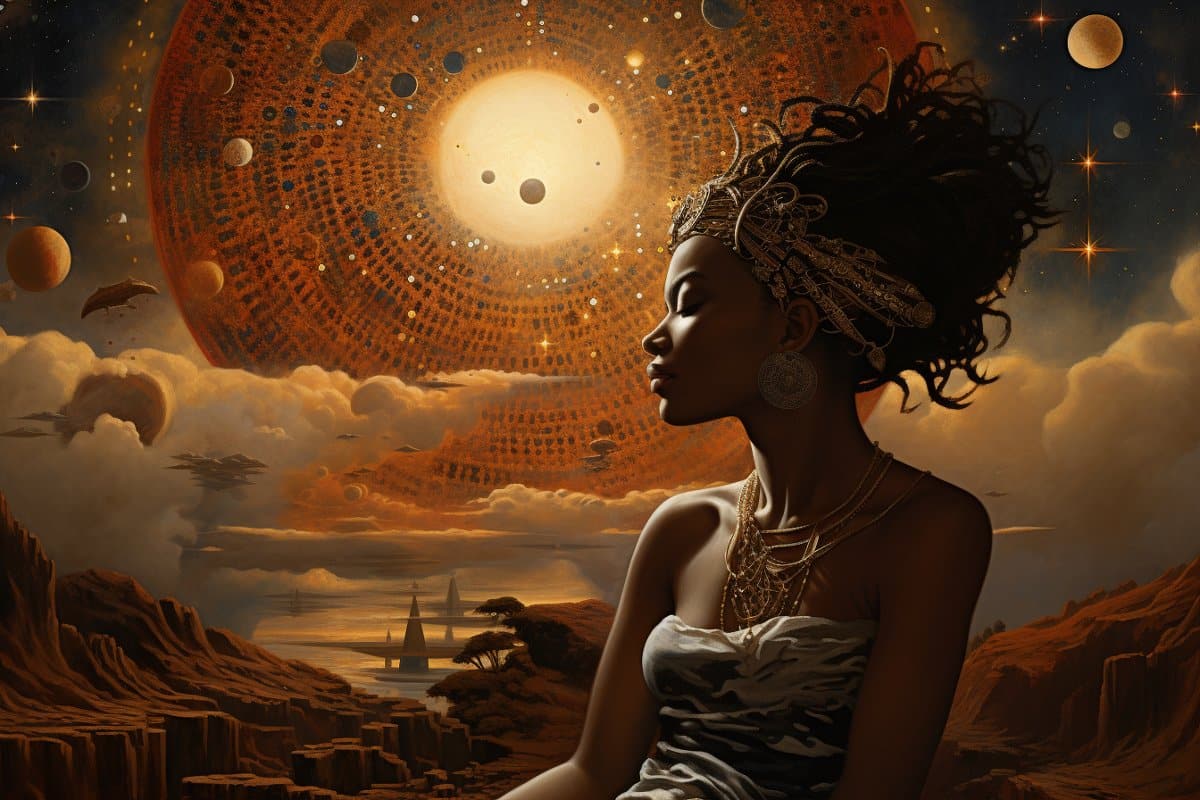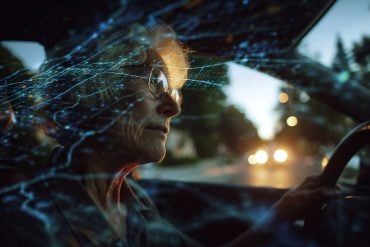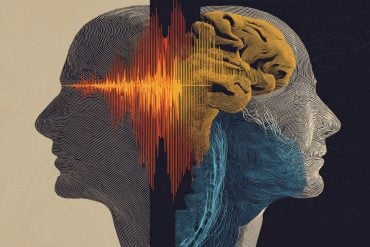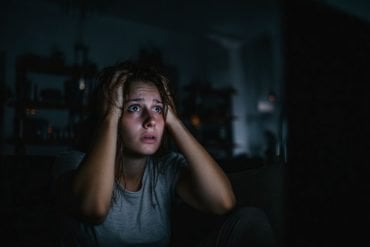Summary: Researchers conducted a study analyzing dreams of individuals across different cultures.
By comparing dreams of forager communities in Tanzania and the Democratic Republic of Congo with Western dreams, they found the former often depicted more threatening yet socially-supportive scenarios.
The study reveals the deep ties between cultural environments and dream functions, suggesting our socio-cultural life heavily influences the narratives of our dreams.
Key Facts:
- Dreams of the BaYaka and Hadza communities often start with threats but typically end with a form of resolution, unlike most Western dreams.
- Social support frequently appears in indigenous people’s dreams as a response to threats, highlighting the importance of community bonds.
- The study emphasizes the close connection between societal norms/values and dream functions, though the exact causal relationship remains elusive.
Source: University of Geneva
Why do we dream? A product of our brain’s neurophysiology, dreaming is a complex experience that can take on many emotional tones and simulate reality to varying degrees. As a result, there is still no clear answer to this question.
A study led by the universities of Geneva (UNIGE) and Toronto, and the Geneva University Hospitals (HUG), compared the dreams of two forager communities, in Tanzania and the Democratic Republic of Congo, with those of individuals living in Europe and North America.
It showed that the first two groups produced more threatening, but also more cathartic and socially-oriented dreams than the Western groups. These results, to be read in Scientific Reports, show how strong are the links between the socio-cultural environment and the function of dreams.
Dreaming is a hallucinatory experience common to all human beings. It occurs most often during the paradoxical phase of sleep, known as the Rapid Eye Movement (REM) phase. However, it can occur at any sleep stage. What are the physiological, emotional or cultural functions of dreams? Does it regulate our emotions? Does it prepare us to deal with a specific situation?
Recent theories suggest that during a ‘‘functional’’ dream, the individual simulates more threatening and/or social situations, which would have an evolutionary advantage in promoting adapted behaviour to real-life situations.
The outcome of dreams differs depending on the environment and the population studied
To test these theories, researchers from the UNIGE and the University of Toronto compared the content of the dreams of the BaYaka in the Democratic Republic of Congo and the Hadza in Tanzania – two communities whose way of life is close to that of our hunter-gatherer ancestors – with that of different groups of individuals living in Europe and North America (Switzerland, Belgium, Canada), including healthy participants and patients with psychiatric disorders.
For the BaYaka and Hadza, dream narratives were collected over a two-month period in the field by anthropologists from the University of Toronto. The data on the dreams of the Western groups came from past studies, published between 2014 and 2022.
‘‘We discovered that the dreams of the BaYaka and Hadza are very dynamic. They often begin with a situation of danger, in which life is threatened, but end up staging a means of coping with this threat, unlike the scenarios in the Western groups we observed.
“On the other hand, in clinical populations – such as patients suffering from nightmares or social anxiety – the dreams are intense but do not contain a cathartic emotional resolution.
“In these latter groups, the adaptive function of dreaming seems to be deficient,’’ explains Lampros Perogamvros, a privat-docent and group leader in the Departments of Psychiatry and Basic Neurosciences at the UNIGE Faculty of Medicine, and an attending physician at the HUG Center for Sleep Medicine, who led the study.
A mirror of the social fabric
Among the responses available to indigenous people when faced with a threat in their dreams, the researchers found that those linked to social support were very frequent.
This is the case, for example, when an indigenous person reports a dream in which he is hit by a buffalo in the middle of the bush, only to be rescued by a member of his community. Or when another dreams that he falls into a well and one of his friends helps him out. These dreams contain their own emotional resolution.‘
‘‘Among the BaYaka and Hadza, the social bonds they have are, by necessity, very strong. Compared to the more individualist societies in Europe and North America, day to day life and division of labor is typically more egalitarian.
It appears this kind of social connection, and reliance on community means that the best way they process the emotional content associated with threat in their dreams, is by way of the social relationships they have.
In effect these relationships are the emotional tools used to process life’s challenges,’’ explains David Samson, Associate Professor of Evolutionary Anthropology at the University of Toronto, Mississauga, and first author of the study.
The research team therefore suggests that there is a close connection between the function of dreams and the societal norms and values of each specific society studied.
‘‘However, it is difficult to deduce any causal links between the dreams and daytime functioning in this study. Nor should we conclude that dreams in groups of Western individuals have no emotional function,’’ Lampros Perogamvros adds.
In fact, in 2019, the same research team published a study showing that ‘‘bad dreams’’ in Western individuals, i.e. dreams with a negative content that are not nightmares, are often simulations of our fears that prepare us to face them once we are awake.
‘‘There seems to be more than one type of ‘functional’ dreams. The present study shows that there is a strong link between our socio-cultural life and the function of dreams,’’ concludes the researcher.
About this psychology and dreaming research news
Author: Antoine Guenot
Source: University of Geneva
Contact: Antoine Guenot – University of Geneva
Image: The image is credited to Neuroscience News
Original Research: Open access.
“Evidence for an emotional adaptive function of dreams: a cross-cultural study” by Lampros Perogamvros et al. Scientific Reports
Abstract
Evidence for an emotional adaptive function of dreams: a cross-cultural study
The function of dreams is a longstanding scientific research question. Simulation theories of dream function, which are based on the premise that dreams represent evolutionary past selective pressures and fitness improvement through modified states of consciousness, have yet to be tested in cross-cultural populations that include small-scale forager societies.
Here, we analyze dream content with cross-cultural comparisons between the BaYaka (Rep. of Congo) and Hadza (Tanzania) foraging groups and Global North populations, to test the hypothesis that dreams in forager groups serve a more effective emotion regulation function due to their strong social norms and high interpersonal support.
Using a linear mixed effects model we analyzed 896 dreams from 234 individuals across these populations, recorded using dream diaries. Dream texts were processed into four psychosocial constructs using the Linguistic Inquiry and Word Count (LIWC-22) dictionary.
The BaYaka displayed greater community-oriented dream content. Both the BaYaka and Hadza exhibited heightened threat dream content, while, at the same time, the Hadza demonstrated low negative emotions in their dreams.
The Global North Nightmare Disorder group had increased negative emotion content, and the Canadian student sample during the COVID-19 pandemic displayed the highest anxiety dream content.
In conclusion, this study supports the notion that dreams in non-clinical populations can effectively regulate emotions by linking potential threats with non-fearful contexts, reducing anxiety and negative emotions through emotional release or catharsis.
Overall, this work contributes to our understanding of the evolutionary significance of this altered state of consciousness.








